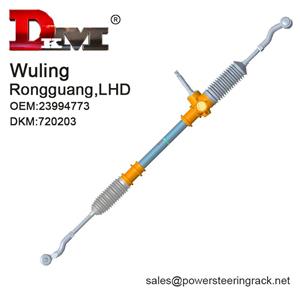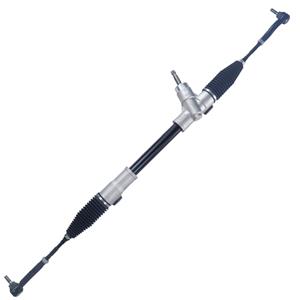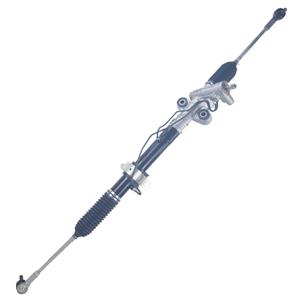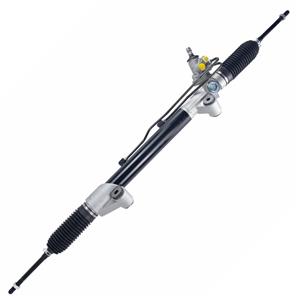What is the problem with the steering rack on a Honda Civic?
As one of the most popular compact cars in the world, the Honda Civic has won the favor of countless consumers with its excellent performance, reliability and cost-effectiveness. However, just like all mechanical equipment, even the most reliable cars may encounter various problems, one of which is the failure of the steering rack. The steering rack is a key component in the vehicle's steering system, responsible for accurately transmitting the driver's control instructions to the wheels. Once there is a problem with this component, it will not only affect the vehicle's handling, but may also bring serious safety hazards.
So, what problems may occur with the steering rack of the Honda Civic? This article will discuss the root causes, manifestations and solutions of these problems in detail from multiple angles.
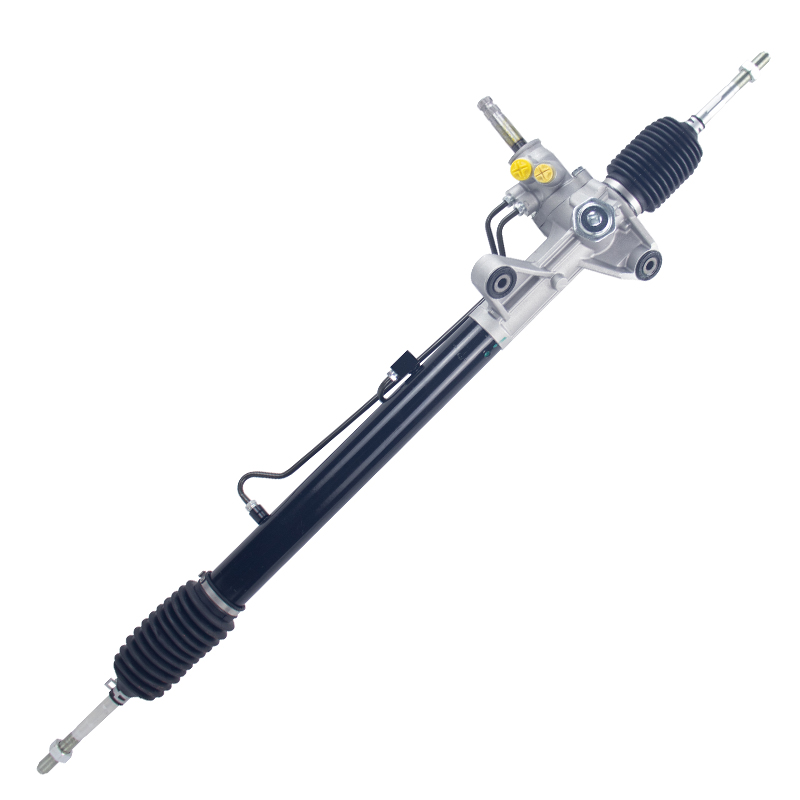
What is the role of the Honda Civic steering rack?
The steering rack is one of the core components of the car's steering system. Its main function is to convert the rotation of the steering wheel into the steering action of the wheels. In modern cars such as the Honda Civic, the steering rack is usually used in conjunction with the steering power system, which can reduce the driver's operating force and make steering easier and smoother.
The working principle of the steering rack is relatively simple: when the driver turns the steering wheel, the steering wheel transmits force to the steering gear through the steering column, and the steering gear meshes with the steering rack, and the linear motion of the rack drives the steering rod, thereby changing the direction of the wheels. This series of mechanical actions needs to be precise and error-free, otherwise it will affect the handling of the vehicle.
What is the problem with the steering rack on a Honda Civic?
Recalling vehicles: Honda will recall more than 176,000 Honda Civics and hatchbacks produced between April 6, 2021 and August 17, 2023.
Problem: Improper assembly of the Honda Civic's steering rack may cause the tires and/or tire chains to rub against the vehicle's lower suspension or tire rod ends, resulting in tire damage.
Solution: Honda dealers will inspect and replace the power steering rack free of charge. According to documents provided by the automaker, dealers will also replace the tires if the problem causes tire damage. Subsequent developments, all recalled vehicles have replaced the power steering rack, but the replacement parts were improperly calibrated at the factory.
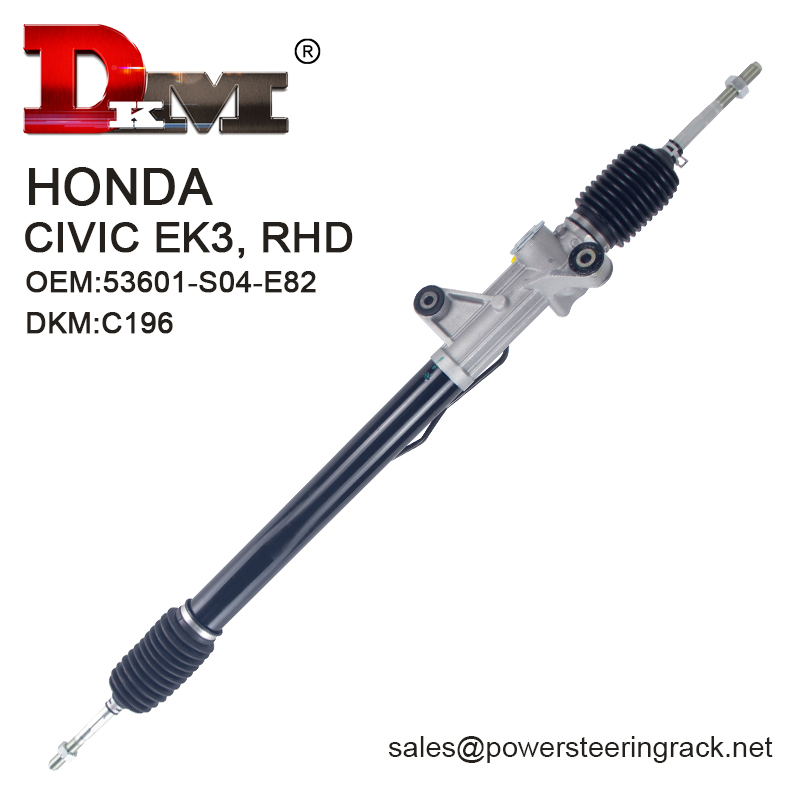
What else can go wrong with a Honda Civic steering rack?
Although the steering rack is designed to be very durable, over time, especially in more demanding driving conditions, it may develop some common problems such as the following:
1. Heavy or failed steering
Heavy steering is usually caused by a failure in the power steering system or wear inside the steering rack. Failure of the power steering system will require the driver to apply more force to turn the steering wheel, making it more difficult to control. Mechanical wear inside the steering rack may cause the steering wheel to fail or even fail to turn normally.
2. Steering abnormal noise
While driving, if you hear abnormal noises coming from the front chassis area, especially "clicking" or "clicking" sounds when turning, this may be a sign of worn, loose or damaged internal parts of the steering rack. Long-term use or frequent driving on bumpy roads can easily cause the gap between the steering rack and the gear to increase, resulting in abnormal noise.
3. Steering wheel vibration
Steering wheel vibration is often related to excessive gear clearance in the steering system or loose support parts of the steering rack. This situation is particularly obvious when driving at high speed or turning. The driver will feel abnormal vibration transmitted by the steering wheel, affecting the driving experience.
4. Hydraulic oil leakage
If the Honda Civic is equipped with a hydraulic power steering system, hydraulic oil leakage is also one of the common problems. Hydraulic oil leakage is usually caused by aging or damage of the seal of the steering rack. Leaking hydraulic oil will not only affect the normal operation of the steering system, but also damage other car parts.
5. Steering does not return to position
In normal driving, the steering wheel should automatically return to position after turning. If the return is abnormal, this may be a problem with the steering rack or steering column. The gear rack wear, excessive clearance or insufficient lubrication of the steering rack will affect the return function of the steering wheel.
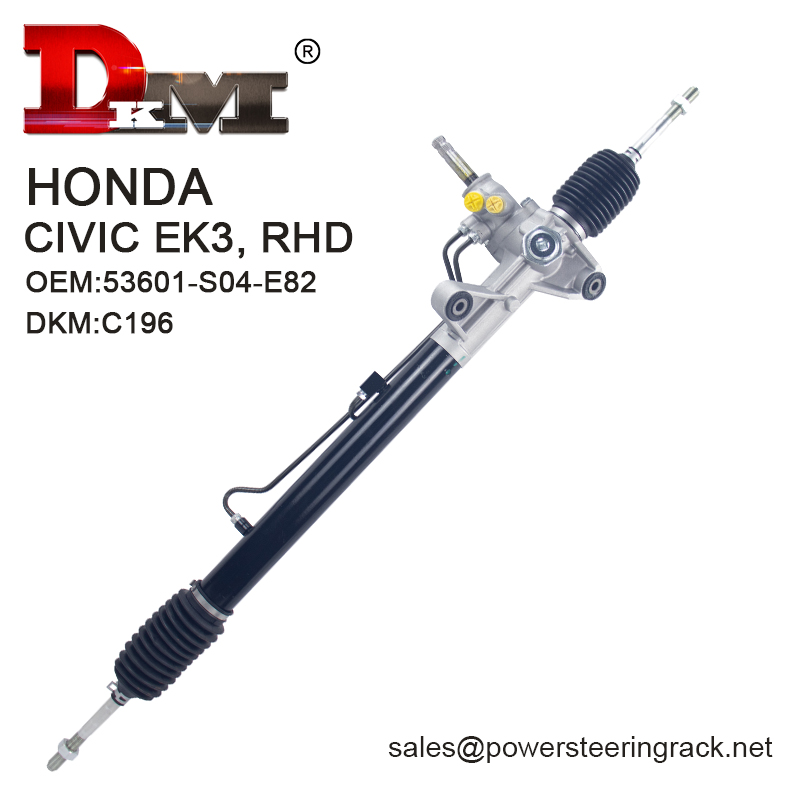
Analysis of the causes of Honda Civic steering rack problems
1. Mechanical wear and aging
As a key mechanical component of the vehicle, the steering rack will inevitably be affected by wear and aging during long-term use. The continuous friction of the metal gears, the aging of the seals, and the long-term erosion of the hydraulic oil will lead to a decline in the performance of the steering rack. Especially in high temperature and high humidity environments, the aging rate will be further accelerated.
2. Bad road conditions and driving habits
Frequent driving on uneven roads, such as potholes, unpaved roads, or frequent speed bumps, will cause additional pressure and impact on the steering rack. This adverse driving environment will accelerate the wear of the steering rack and shorten its service life. In addition, overly aggressive driving habits, such as frequent sharp turns and high-speed cornering, may also cause the steering system to bear excessive loads, which in turn causes failures.
3. Improper maintenance or lack of maintenance
Maintenance of the steering system is essential for its normal operation. Lack of regular inspection and maintenance, such as failure to replace hydraulic oil in time and failure to check the status of the seal ring, will lead to early failure of the steering rack. In particular, the hydraulic oil in the hydraulic power steering system, once impurities or aging, will cause damage to the internal structure of the steering rack.
4. Manufacturing defects
Although Honda, as a world-renowned automobile manufacturer, has been widely recognized for its production quality, in a few cases, manufacturing defects of the steering rack may also occur. These defects may be manifested in insufficient material strength, insufficient processing accuracy, or improper assembly, which may cause problems with the steering rack during use.
How to deal with the steering rack problem of Honda Civic?
When Honda Civic owners find that the steering system is abnormal, they should go to a professional maintenance agency for inspection and diagnosis as soon as possible. Professional technicians will accurately determine the type and severity of the steering rack fault through test driving, listening inspection and the use of special testing equipment. Early detection and repair of the problem can avoid further deterioration of the fault and reduce subsequent repair costs. After clarifying the steering rack problem, the owner can choose the appropriate repair plan according to the type and severity of the fault. For minor wear or aging of seals, it can be solved by replacing the seal ring, relubrication or minor mechanical repairs. However, if the steering rack is severely worn or the internal structure is damaged, the entire steering rack may need to be replaced.
The choice of repair plan should also take into account the cost factor. Generally speaking, the cost of repair is lower, but it may not be able to fully restore the original performance; while the cost of replacing the entire steering rack is higher, but it can ensure the reliability and long-term use of the steering system.
In order to avoid the occurrence of steering rack problems, car owners should pay attention to regular maintenance and inspection of the steering system. It is recommended to perform a comprehensive steering system inspection after a certain amount of mileage (usually 10,000 to 20,000 kilometers) to ensure that the hydraulic oil is at normal levels, the seals are not aged or damaged, and the steering rack is in good lubrication condition. In addition, when repairing or replacing the steering rack, it is recommended that car owners choose original or certified high-quality parts. Although these parts may be expensive, their quality and durability are more guaranteed, which can effectively extend the life of the steering system.
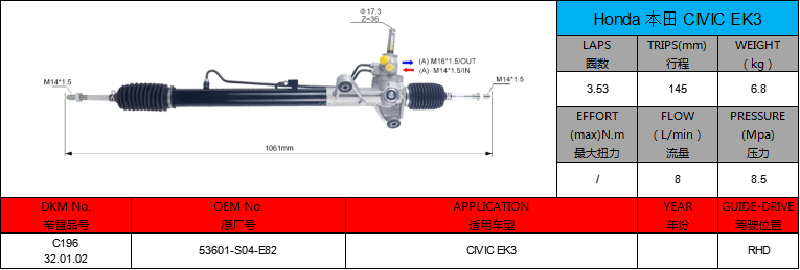
How much does it cost to repair and replace the steering rack of a Honda Civic?
The cost of repairing a Honda Civic steering rack depends mainly on the severity of the fault and the parts required for the repair. For minor seal replacements or simple mechanical repairs, the cost is usually around a few hundred dollars. These costs include the cost of the parts, labor costs, and the cost of using professional equipment.
If the entire steering rack needs to be replaced, the cost will increase significantly. Depending on the vehicle model and the parts selected, the cost may be between $1,000 and $3,000. Original parts are more expensive, but the quality and reliability are more guaranteed. Aftermarket parts are lower in price, but the quality varies, which may affect the performance and life of the steering system.
When choosing a repair or replacement solution, car owners should also consider the long-term cost-effectiveness. If the vehicle has traveled a long mileage or is planned to be used for a long time, replacing the entire steering rack may be a wiser choice. Although the initial cost is higher, it can avoid frequent repairs and possible safety hazards, and reduce long-term maintenance costs.
Summary
Although the steering rack of the Honda Civic is durable, it may still have various fault problems after long-term use. Abnormalities in the steering system not only affect the driving experience, but may also bring serious safety risks. Therefore, car owners should have a clear understanding of the common problems of the steering rack, discover and deal with faults in a timely manner, and choose the appropriate maintenance plan to ensure the safety and normal operation of the vehicle.

